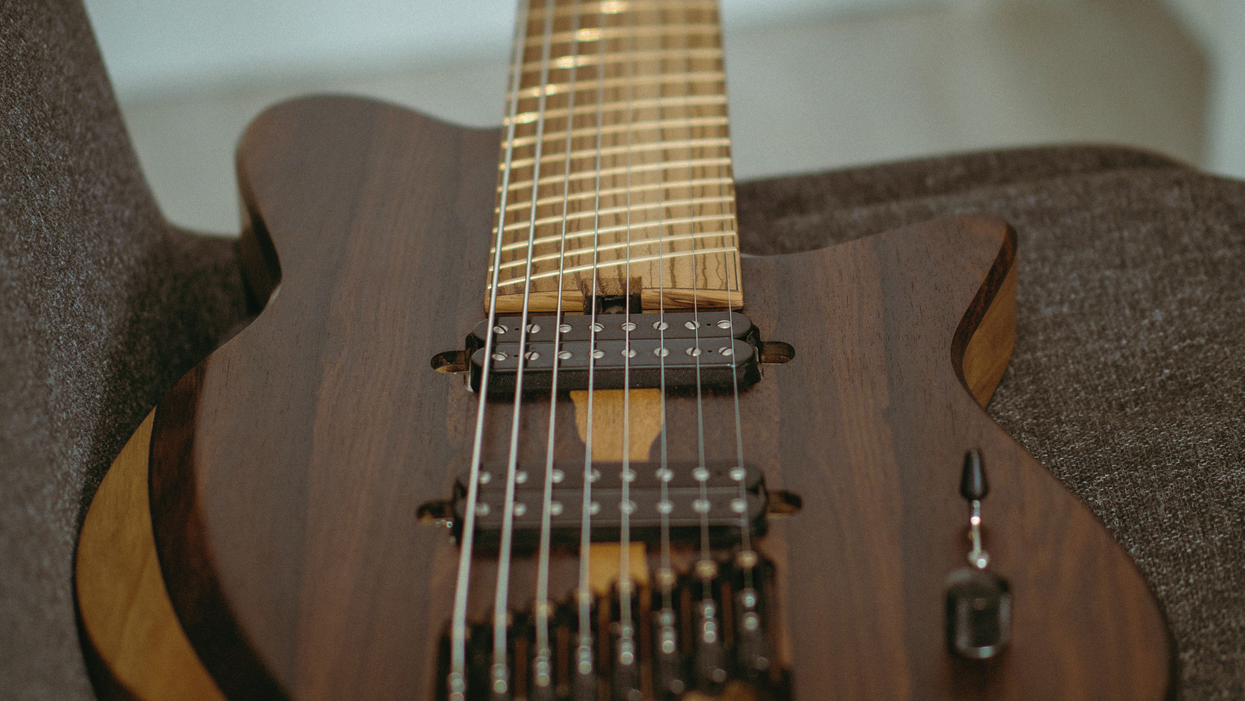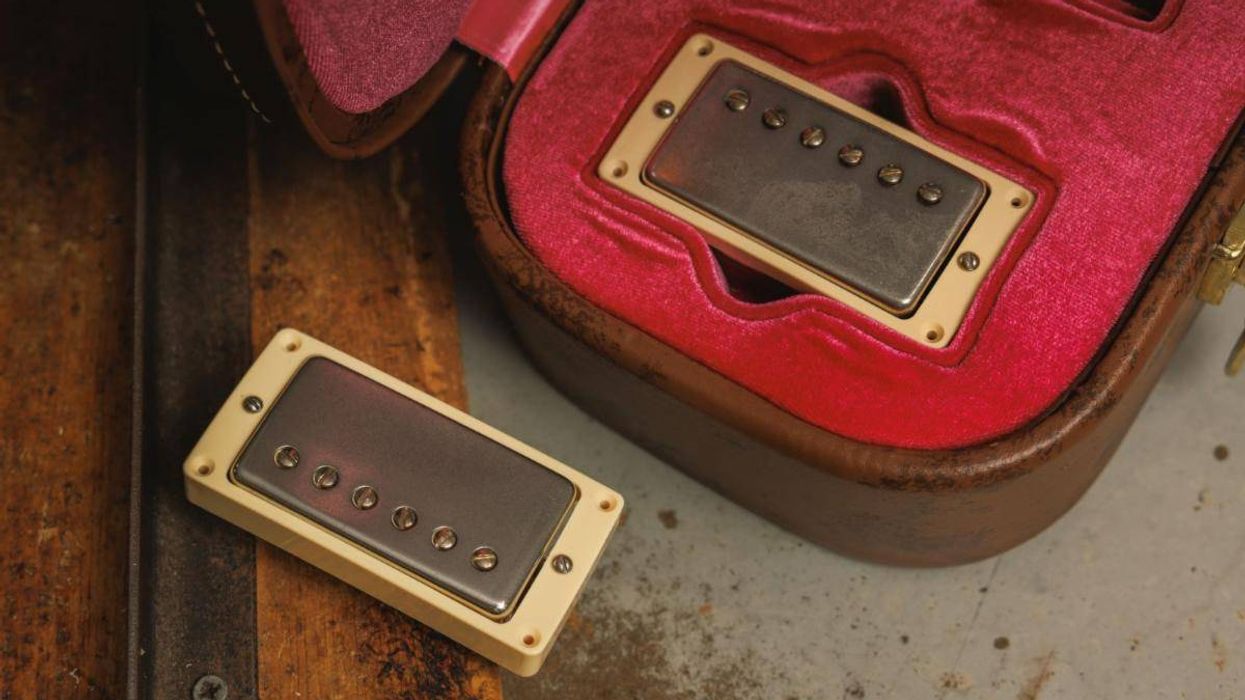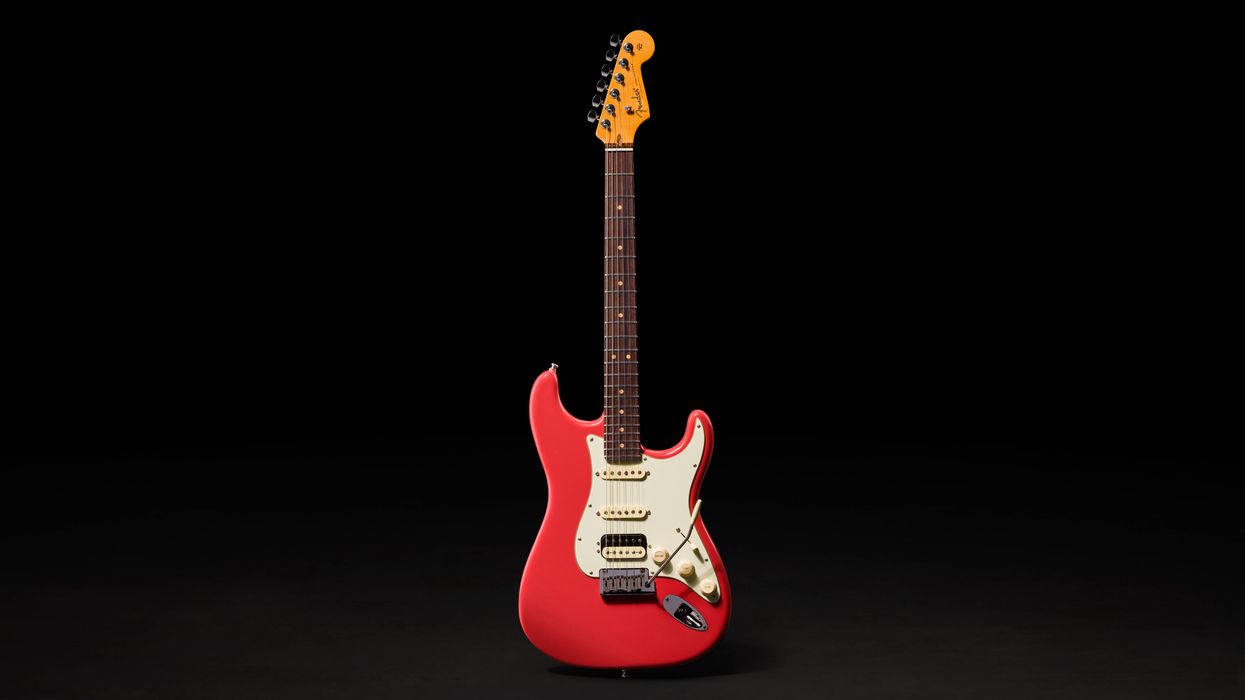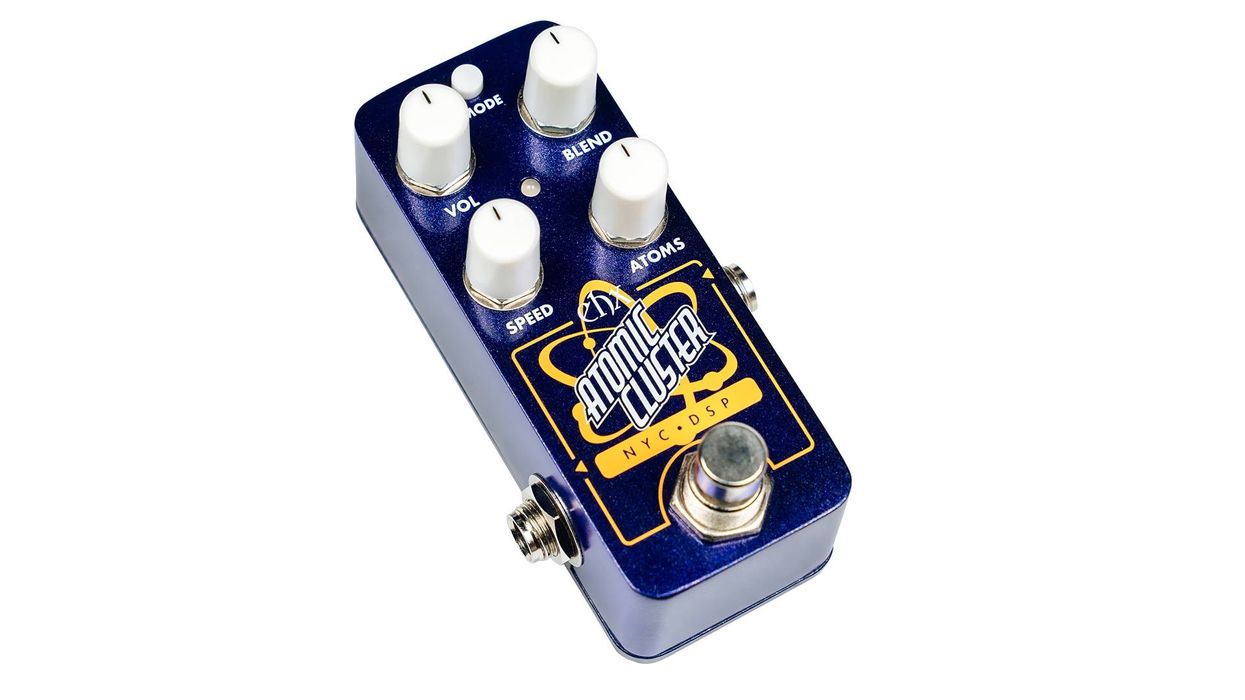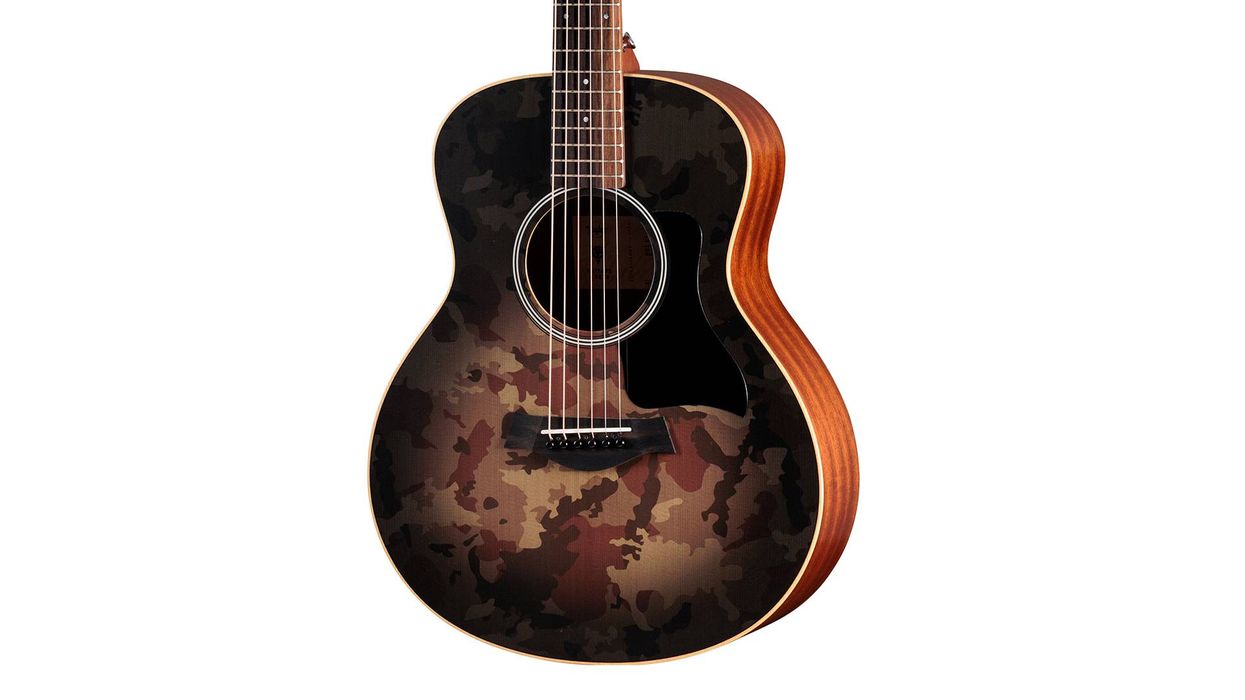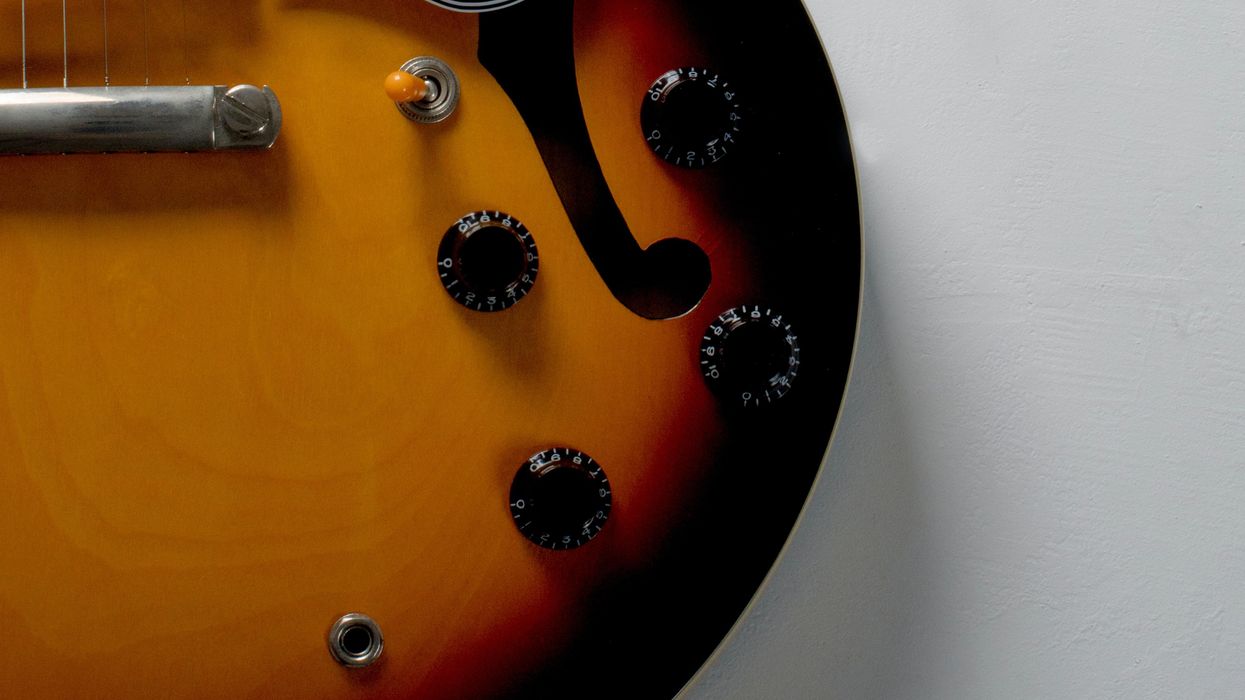Pentatonics are certainly well used (maybe overused?) by guitarists. There’s so much you can do with them and there’s a lot of great music to be found within our beloved five-note scale. My aim is to go for the whole “sheets of sound” thing that was popularized by John Coltrane and later adapted to guitar by players like Allan Holdsworth. However, the technique arms race has slowed down over the last few years, with modern players opting for interesting lines that focus more on cool rhythms and unexpected intervals. Let’s get to it.
My reference for this style is players like Plini, Rick Graham, and Jack Gardiner, and these kinds of lines can be heard on their albums and in their improvisations. My hope is to introduce different technical, rhythmic, and textural ways of approaching the well-worn minor pentatonic scale.
Plini – "FLÂNEUR" (Live 2019)
Ex. 1 isn’t really a lick, but it’s a way of combining positions of the A minor pentatonic scale (A–C–D–E–G). We start out with two notes on the 6th string, then three on the 5th, one on the 4th, three on the 3rd, one on the 2nd, and two on the 1st string. This is very similar to some of the picking patterns found in Frank Gambale’s playing. Visualizing the scale this way will open up all kinds of phrasing and technique options. I’ll be using patterns like this throughout this column as my foundation for building the lines.
Ex. 1
You knew we were going to hit legato at some point. Three-note-per-string patterns work great for legato playing. In Ex. 2, I’m playing patterns of seven on each string, starting on the lowest note of each three, rolling up and down to create a pattern of seven notes. I’m aiming to get this as close to a septuplet as possible. It can also be helpful to practice these patterns as straight 16th-notes, as I demonstrate in the second part of this example.
Ex. 2
Ex. 3 uses a similar approach to Ex. 2, however this time we’re employing string skipping. Now we’re getting those sheets of sound I was talking about. I start out with groups of seven, then I go for a more linear approach with straight up-and-down string skipping. I follow this as straight 16th-notes to practice balancing the evenness between the hammer-ons and pull-offs. You’re welcome to execute this line however you wish, with picking, hammers from nowhere, or various tapping approaches.
Ex. 3
Let’s move to the E minor pentatonic scale (E–G–A–B–D) for Ex. 4. Playing a minor pentatonic scale based a fifth above the root offers some interesting melodies. In the key of A minor the E minor pentatonic scale gives us the 5, b7, root, 9, and 11. Super imposing pentatonics gives our classic phrases a totally different feel. Another thing unique about this phrase is that we’re using a 2-1-2 pattern, where we play two notes on one string, one note on an adjacent string, and then two notes on next adjacent string. It’s a superb way of getting modern-sounding interval phrases happening across the fretboard in lots of different situations. (For more on this check out my 2-1-2 lesson here.)
Ex. 4
Quintuplets (groups of 5) are a great way to break up the pentatonic scale. (Joe Bonamassa and Eric Johnson use this technique all the time.) For Ex. 5, we’re sticking with the E minor pentatonic 2-1-2 thing and moving across the strings before descending with a similar pattern in 12th position. The second half of the lick uses quintuplet quarter-notes (five notes over two beats) to create a deeper level of rhythmic interest.
Ex. 5
In Ex. 6 I add a note to our E minor pentatonic patterns to create a 3-1-2 pattern. This is great for modern sextuplet licks.
Ex. 6
Quite a lot of what I’ve covered in this column has been combination picking and legato. So, we might as well cover sweep picking as well. Ex. 7 is a sweep- or economy-picking lick, which means when you change strings your pick is going in the direction of the next string. If you’re new to it, try the second half of the lick first. Practice each fragment slowly first of all with even subdivisions, and ensure your pick is planted on the next string you’re moving to. Timing is everything!
Ex. 7
And there we have it, some mega pentatonic ideas to hopefully inspire new phrases in your playing. Pentatonic scales are super valuable and it’s worth finding as many ways of playing them as you can. Plus, the guitar has great geometric patterns we can make a lot of music from. The patterns in the 3-1-3 and 2-1-2 systems can be a bit tricky, so find the ones that resonate with you and don’t forget to mess with the super impositions and subdivisions for extra fun!
